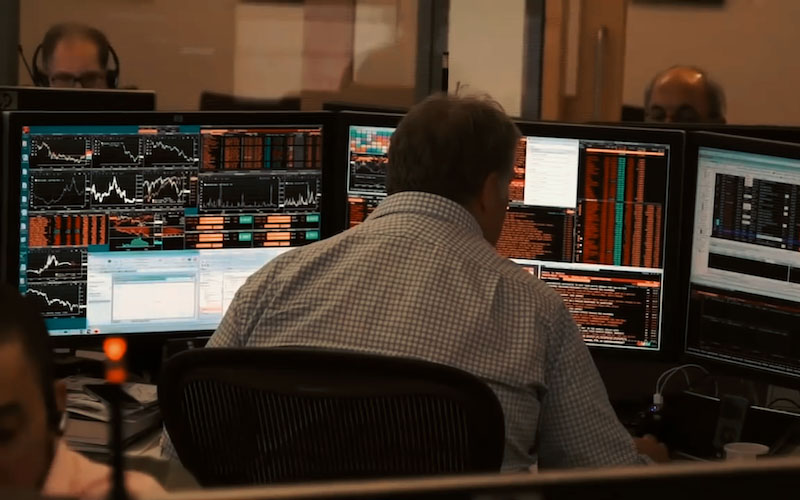Gold bulls haven't given up yet as markets anticipate Fed rate cuts and geopolitical risks
2025-09-15 13:37:49
Meanwhile, expectations of more aggressive easing from the US central bank have pushed the dollar near its lowest level since July 24, providing continued tailwind for gold prices. Furthermore, rising geopolitical risks are further supporting the safe-haven precious metal. However, overall positive risk sentiment has kept gold prices below last week's record high of $3,675. Nevertheless, fundamentals appear to favor the bulls, suggesting any pullback is likely to continue attracting bargain-hunters.

Market Daily Update: Gold continues to gain support on dovish Fed expectations
Traders are increasing bets the Federal Reserve will cut interest rates three times this year after recent U.S. macroeconomic data pointed to a weakening labor market. Traders see a 100% chance the Fed will deliver its first rate cut in nine months at the end of its two-day meeting on Wednesday, according to CME Group’s FedWatch tool.
Moreover, expectations that the Federal Reserve will cut interest rates two more times in October and December kept U.S. Treasury yields under pressure and the dollar near its lowest level since July 24. This in turn helped non-yielding gold attract dip buyers at the start of the week, reversing a modest decline in the $3,627-3,626 area during Asian trading hours.
On Sunday, Ukraine launched a large-scale attack on Russian energy facilities and drone strikes intensified on both sides. The United States stepped up pressure on NATO nations to tighten energy sanctions on Russia and impose tariffs on countries that buy Russian oil to limit its revenue and end Europe's deadliest conflict since World War II.
Meanwhile, Iranian lawmaker Mojtaba Zareei called on Qatar to expel US troops and deploy hypersonic missiles of the Iranian Revolutionary Guard to counter the threat from Israel. Geopolitical risks persist ahead of the Arab-Islamic summit in Doha, another factor that continues to support the safe-haven precious metal.
However, gold bulls appear reluctant to place overly aggressive bets, potentially opting to wait for key central bank event risks this week. The Bank of Canada and the Federal Reserve will announce interest rate decisions on Wednesday, the Bank of England will update policy on Thursday, and the Bank of Japan will conclude its two-day policy meeting on Friday.
Meanwhile, investors will be looking for more clues about the Fed's path of rate cuts, which will boost short-term demand for the dollar and provide a new directional impetus for commodities. Therefore, the focus will be on Fed Chairman Jerome Powell's comments at his post-meeting press conference and updated economic projections, including the so-called dot plot.
Gold is still in overbought condition on the daily chart RSI and needs to consolidate before it can continue to rise.
From a technical perspective, the daily Relative Strength Index (RSI) remains in overbought territory, supporting the view that prices will continue to fluctuate within a range before the next leg of growth. In other words, if the immediate resistance of $3,657-3,658 is broken, gold prices may retest the all-time high of $3,675 reached last Tuesday and further move towards the $3,700 mark.
On the other hand, the Asian trading session low of $3627-3626 may provide immediate support, followed by the $3610-3600 area. If it continues to fall below last week's low of $3580, gold prices may further correct to the intermediate support level of $3565-3560, and eventually may reach the psychological level of $3500.

(Spot gold 4-hour chart)
At 13:36 Beijing time, spot gold was trading at $3644.65 per ounce.
- Risk Warning and Disclaimer
- The market involves risk, and trading may not be suitable for all investors. This article is for reference only and does not constitute personal investment advice, nor does it take into account certain users’ specific investment objectives, financial situation, or other needs. Any investment decisions made based on this information are at your own risk.





















